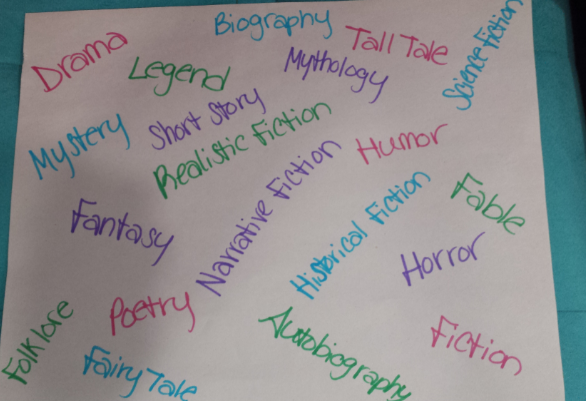7 Hacks For Grading In ELA

As an English Language Arts teacher, you constantly have a million responsibilities on your plate, and your time is valuable. Because of the myriad of writing assignments in this discipline, grading is a task that often takes up a significant amount of time, especially because you must try your best to grade objectively rather than subjectively. Here are effective hacks to make grading easy, efficient, and stress-free! Grading Methods That Are Not Percentages To save time (and your sanity!) reserve the use of percentages for essays and assessments. For small-scale assignments, try these grading systems instead: Complete / Incomplete Check Plus / Check / Check Minus Points (such as out of four points) Vocab Practice It is vital for students to enhance their command of the English language, which is why vocabulary work is helpful. When assigning vocabulary, ask your students to look up the part of speech and definition for each w...





